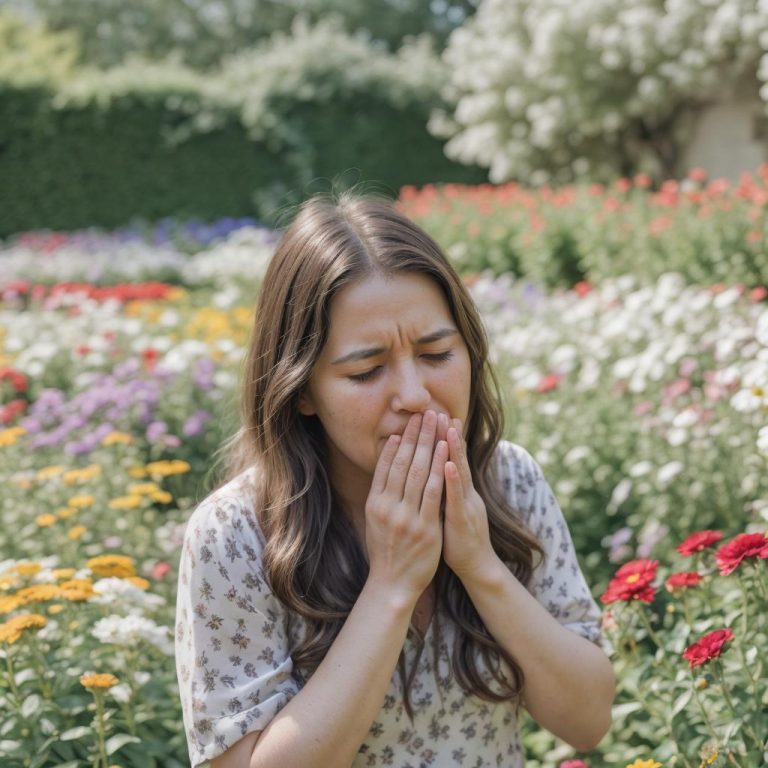

Understanding tree pollen allergies
Tree pollen allergies, also known as hay fever or allergic rhinitis, are a common affliction, particularly during the spring and early summer months when trees are in bloom.
For many individuals, the arrival of spring brings not only warmer weather and blooming flowers but also a host of uncomfortable symptoms associated with tree pollen allergies.
Common symptoms
The symptoms of tree pollen allergies can vary in severity from person to person, but they often include:
Nasal symptoms:
Sneezing
Runny or stuffy nose
Itchy or watery eyes
Itchy throat or ears
Postnasal drip
Respiratory symptoms:
Coughing
Wheezing
Shortness of breath
Chest tightness
General symptoms:
Fatigue
Headache
Irritability
Difficulty concentrating
These symptoms can significantly impact daily life, causing discomfort and interfering with work, school, and other activities. In severe cases, tree pollen allergies can even trigger asthma attacks, leading to further respiratory complications.
Identifying tree pollen allergy triggers
Different types of trees produce pollen at different times of the year, so identifying the specific tree pollen triggers for an individual’s allergies can be challenging. Some of the most common tree pollen allergens include:
Oak
Birch
Maple
Elm
Cedar
Pine
Ash
By paying attention to local pollen counts and keeping track of symptom patterns, individuals can often pinpoint which types of trees are causing their allergic reactions. This information can be invaluable for developing an effective allergy management plan.
Managing tree pollen allergies
While it may be impossible to completely avoid tree pollen, there are several strategies individuals can use to minimize exposure and alleviate symptoms:
Monitor pollen counts:
Keep track of local pollen counts, which are often available through weather websites or smartphone apps. On days when pollen counts are high, try to limit outdoor activities, particularly during the early morning and evening when pollen levels tend to peak.
Stay indoors:
On high pollen days, staying indoors with windows closed can help reduce exposure. Consider using air conditioning with a clean filter to help filter out pollen particles.
Use allergy medications:
Over-the-counter antihistamines, decongestants, and nasal corticosteroids can help alleviate allergy symptoms. For severe allergies, prescription medications or allergy shots (immunotherapy) may be recommended by a healthcare provider.
Practice good allergy hygiene:
After spending time outdoors, shower and change clothes to remove pollen from your skin and clothing. Keep pets clean, as they can track pollen into the home on their fur.
Consider allergy immunotherapy:
For individuals with severe or persistent tree pollen allergies, allergy immunotherapy (allergy shots or sublingual tablets) may offer long-term relief by desensitizing the immune system to allergens.
Tree pollen allergies can be a source of significant discomfort for many individuals, particularly during the spring and early summer months. By understanding common symptoms, identifying allergy triggers, and implementing effective management strategies, individuals can minimize the impact of tree pollen allergies on their daily lives and enjoy the beauty of the outdoors without constant discomfort. If symptoms persist or worsen, it’s essential to consult with a healthcare provider for personalized treatment options.



